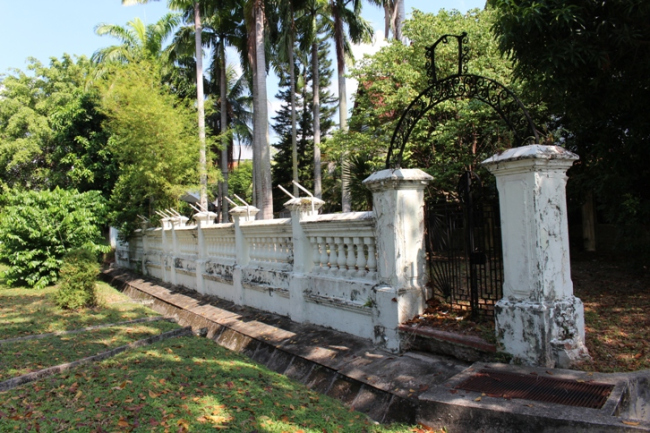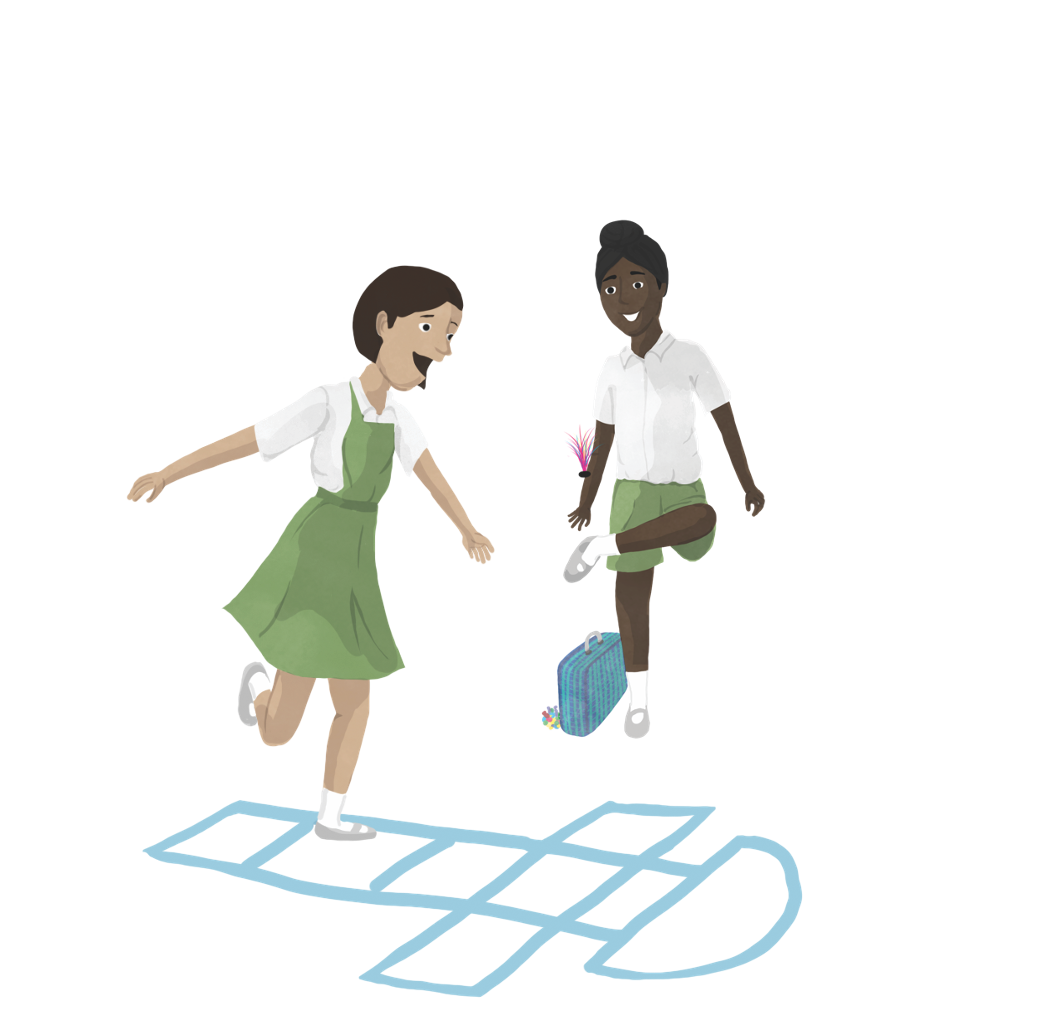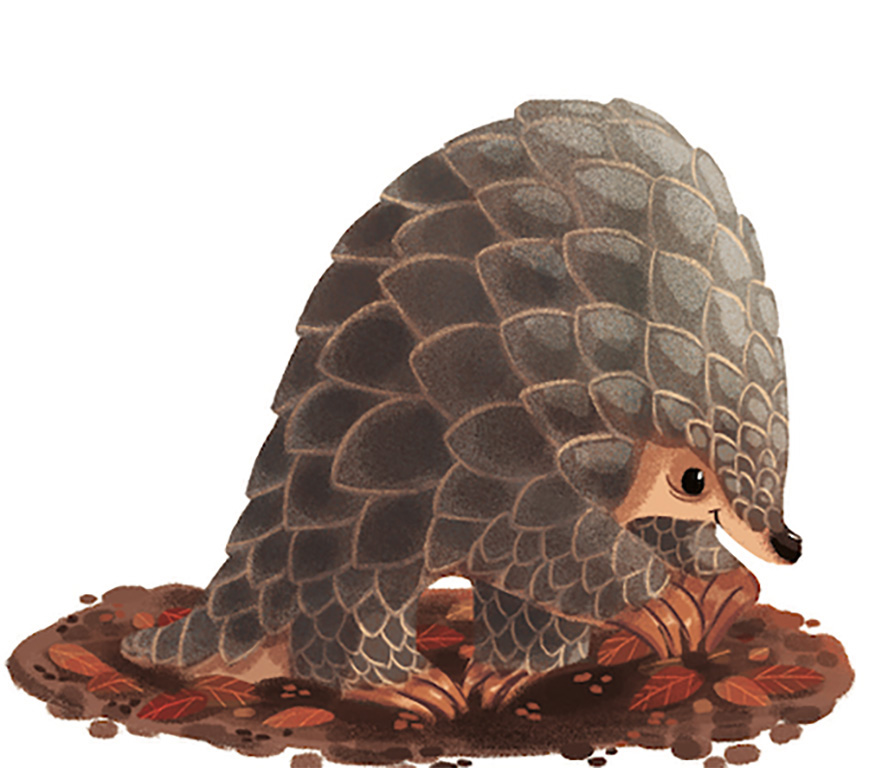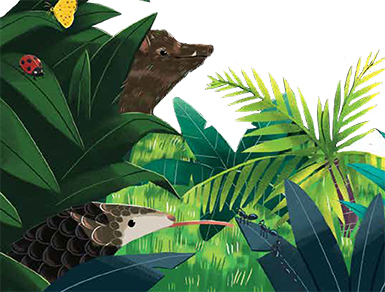
10 Things We Learnt On The Bedok Heritage Trail
The National Heritage Board recently launched the Bedok Heritage Trail. The 15km route takes you through 10 markers that indicated ‘heritage spots’ in an area that liberally stretches from Chai Chee to Frankel Estate, to Upper East Coast, Fengshan and Simpang. The route is not walkable – you’ll need a car or at least a bike. Unfortunately, there is not a lot left to see of the old landscape either, even at the markers, so you’ll have to do quite a lot of imagining to fill up the gaps. So the best thing to do is to keep an eye out for the markers when you are in the area. The Bedok Trail comes with a map and a very interesting booklet that fills you in on the details of this area’s history. You can download it here.
We went along for the ride, and here are 10 fascinating things we learnt about Bedok along the way.
#1. Bedok is one of the oldest inhabited parts of Singapore, and dates back over 400 years. One of the earliest records of Bedok was map dated 1604 by cartographer (map maker) Manuel Goginho de Eredia. It indicated ‘Sunebodo’, which is the Sungei Bedok we know of today.
#2. Bedok used to be a very hilly place. In fact, Tanah Merah means ‘red cliffs’ in Malay. These cliffs and hills had been levelled in the 1960s and the earth was used to reclaim the land that is now Marine Parade and East Coast Park. But you can still see the remnants of the hills in parts of Bedok – like along Chai Chee Road, Kew Gardens, Opera Estate and Bedok Rise opposite Tanah Merah. To get to Changi beach decades ago, you had to meander through narrow lanes that hugged the mountainside, rose up then down, past kampongs, farms and rubber and coconut plantations before you arrived at your picnic spot.


Tan Lark Sye’s mansion at the end of Nallur Road. Singapore Land Authority Collection, Courtesy of National Archives of Singapore
#3. The sea used to come all the way to Marine Parade Road. You can still see some of the old seawalls that belonged to the great mansions that used to front the sea. On the Bedok Heritage Trail, a marker stands at the end of Nallur Road, pointing to a wall complete with iron gate. The house that stood there belonged to Tan Lark Sye, a tycoon who built one of his great mansions by the sea. Opposite is the Good Shepherd Kindergarten which too, used to stand by the sea, until the land was reclaimed. Pupils there could watch the waves from the playground. (I know because I was a student there long ago!)

Fishermen and their kolek. Collection of National Museum of Singapore, image courtesy of National Heritage Board
#4. People who lived in the East were mainly fishermen, but there were also plantation workers, farmers. The rich would have their holiday homes here as well. The fishermen would sail out in their kolek, traditional boats, while their family members would hunt for clams, cockles and mussels by the shore. People could wait by the beach early in the morning and when the fishermen returned to shore, the early housewives would buy the fresh fish from them.
#5. Mangrove swamps and kampongs used to dot the coast. Kampong Siglap was one of the earliest and largest fishing villages in the area. According to Malay legend, Siglap was founded by a Tok Lasam, a Minangkabau prince from Sumatra in the early 19th century. His grave is still here today at the end of Jalan Sempadan where he is buried with his wife and ‘panglima’ or Commander in Chief.
#6. Along Siglap Hill is a Muslim cemetery called Kubur Kassim which you’ll spot easily by its bright yellow gateway. Dr Hafeezduin Sirajuddin Moonshi, the first Muslim to set up a medical clinic in Singapore, is buried here. What’s really interesting here is that a few plots of land in the cemetery is dedicated to Orang Bunian, (“hidden people”), benevolent supernatural beings from Malay folklore.
#7. During WWII, Japanese soldiers massacred tens of thousands of Singaporeans particularly as a result of Sook Ching. The Japanese rounded up all Singaporean men between 18 and 50 years old for ‘inspection’. Those that didn’t pass were rounded up by the lorry loads, driven away and never seen again. A great number of them were massacred in the Siglap, Bedok and Tanah Merah. In February 1942, 100 Malay, Eurasian & Chinese soldiers captured by the Japanese were also killed on Bedok Hill and buried. After the war, over 50 mass graves were found in this area, including the largest one which contained the bodies of over 2000 people. It is estimated that the Sook Ching purge resulted in 25,000 – 50,000 deaths in Singapore.

Reclaiming land one truckload at a time. Image courtesy of National Archives of Singapore
#8. During the reclamation of land for Marine Parade, a 16km long conveyor belt brought the earth from the Bedok Hills to the coast! One thousand families had to be resettled in a new housing estate in Upper Changi Road, while the farms and plantations at Bedok had to be cleared.

Albert Einstein (front row, third from left) with the Frankel family. Credit: Image from Bieder, J., & Lau, A. T. (2007) The Jews of Singapore (Singapore: Suntree Media)
#9. Did you know that Albert Einstein visited Frankel Estate during the 1920s? This estate was named after a Jewish family who migrated from Lithuania to Borneo then to Singapore in 1878. They built their fortune from a furniture store and a bakery. The family matriarch Rosa Frankel could speak only Yiddish. Everytime she went to the market, she would bring a feather and an eggshell to inform the stallholders what she wanted to buy – eggs or chicken. Can you figure out how she made herself understood?

#10. Along Upper East Coast Road used to be a whole row of seafood restaurants, including the famous Long Beach, Red House and Palm Beach restaurants. It used to be very popular among Singaporeans who would in the open air by the sea and enjoy their dinner. The only one standing now is Hua Yu Wee restaurant which occupies a grand 1920s house. For a retro experience, go there for dinner, and look out for the old hopscotch grid etched into the painted cement floor at the back of the restaurant. It is surely something which entertained generations of restless children over the decades.




